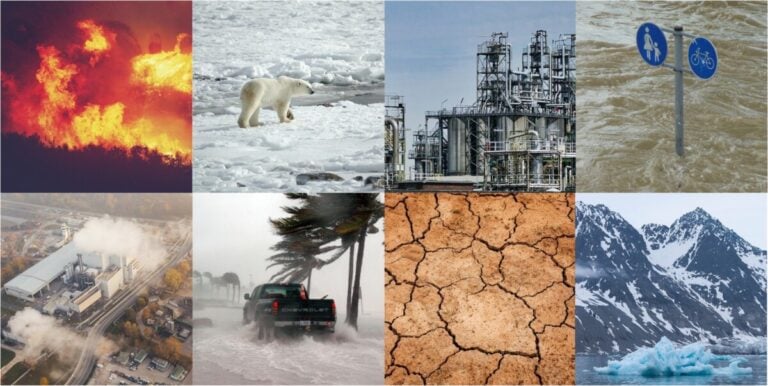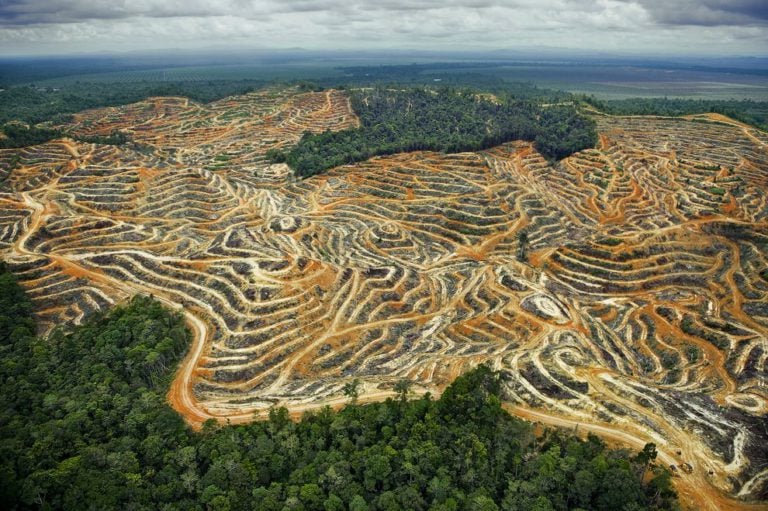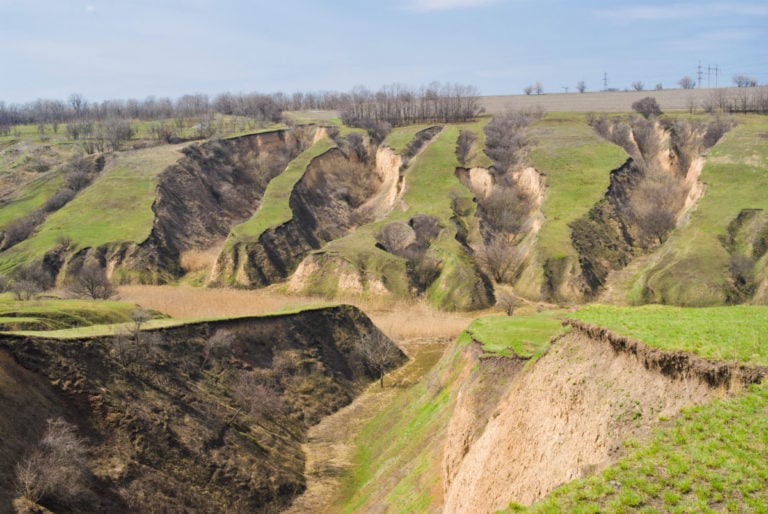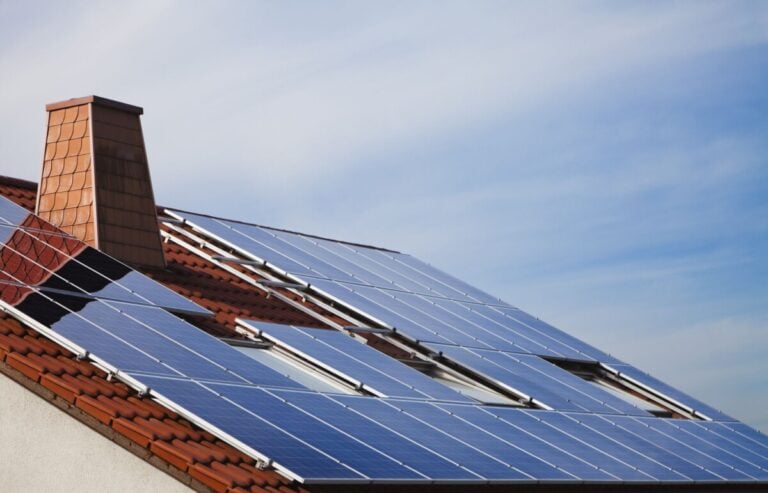Soil is the upper layer of the earth’s crust, consisting of various minerals, particles of organic matter, air and water pores. It is an animal and plant substrate where the biochemical processes necessary for plant growth occur; the soil provides them with the necessary nutrients, water, and also protects them from possible negative influences of the external environment. The composition and structure of the soil layer play a big role for agriculture, ecology and the overall balance of nature.
The problem of soil pollution is one of the most pressing environmental problems in the modern world. To solve it, an integrated approach is required, including the identification and classification of pollution sources, as well as methods to combat each of them.
Sources of soil pollution
Natural processes include erosion and various natural disasters: hurricanes, volcanic eruptions, floods. With anthropogenic sources everything is much more diverse. Human activities, which have evolved significantly over the past 100 years, each year “give” the soil more and more reasons for its pollution.
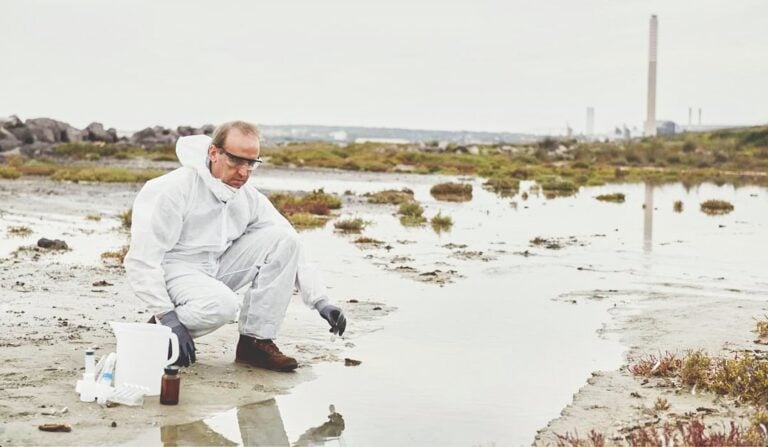
If we compile the TOP 5 most common sources of soil pollution by humans, then the top spot, without any doubt, goes to toxic waste from industrial enterprises and factories. Zero-waste production, even for 2024, is very rare, so most of the emissions end up in the upper soil layer.
Of course, human life also involves the generation of waste that enters the soil and negatively affects it. The purposeful accumulation of this waste in one place forms solid waste landfills, the improper management of which leads to contamination of soil and wastewater with toxic substances.
Not every country can boast of new technologies for organizing these facilities, and the level of environmental awareness of citizens, unfortunately, does not always correspond to the rational management of waste. Until separate waste collection becomes entrenched in the minds of every person as something mandatory, and the number of factories processing waste is equal to the number of cities on Earth, this source of soil pollution will continue to remain relevant.
Finally, another important anthropogenic reason that negatively affects soil quality is human mining activity. The earth’s crust hides many minerals and energy sources. Their extraction, in turn, harms the top layer of soil, violating its integrity and polluting it with waste. This also includes spills of oil and petroleum products during their transportation or operation.
Basic methods of combating soil pollution
Another solution to the problem of soil pollution could be a systematic and high-level approach to both the disposal of industrial and household waste, and to the reclamation of existing land occupied by landfills.
Innovative technologies for combating soil pollution
Advances in science and technology are bringing new perspectives to the fight against soil pollution. Among the advanced technologies that play a key role in preserving our planet are phyto- and bioremediation, nanotechnology and geoengineering.
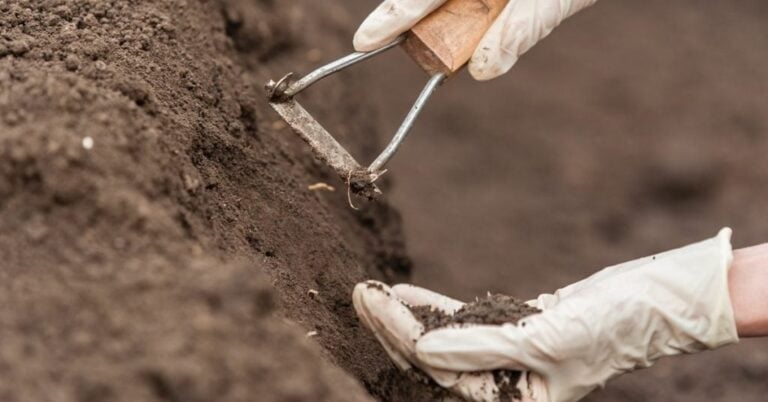
In phytoremediation, special types of plants are used to clean up contaminated soils. They are called “hyperaccumulators” and are capable of absorbing heavy metals and other harmful substances from the soil through their root system.
Contaminants are subsequently concentrated on their tissues and removed by mowing.
Bioremediation uses a similar principle, but instead of plants, bacteria and fungi are used, which produce enzymes that can break down soil contaminants into biologically harmless components. Bioremediation is particularly effective in cleaning up soil after oil spills and overuse of pesticides and other chemical pollutants.
The development of nanotechnology makes it possible to create new materials for the reclamation of contaminated soil layers. These include nanosorbents and nanocatalysts.
Finally, geoengineering techniques can alter the characteristics of soil to combat contamination and restore its original properties. Special substances are added to the soil to improve its structure and ability to retain moisture, and special barriers prevent further spread of contamination.
To summarize
A systematic approach to solving the problem of soil pollution, including control of pollution sources, development of new technologies and methods of remediation, as well as education and public awareness, is the key to achieving success in this area.

